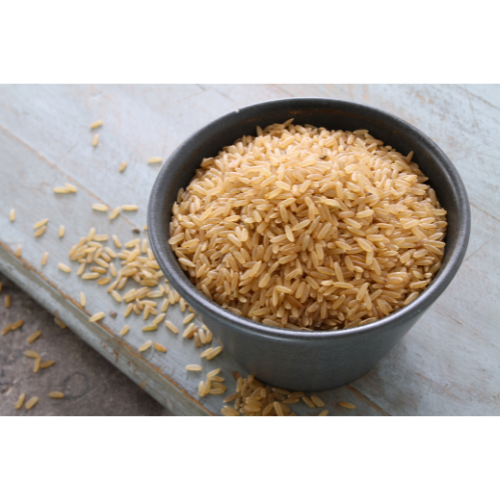When it comes to maintaining a gluten-free diet, understanding which foods are safe to eat is crucial. A common question that arises in this context is, “Does brown rice have gluten?” This blog post aims to provide a clear answer to this question, helping those with gluten sensitivities or celiac disease make informed dietary choices.
What is Gluten?
Before diving into the specifics of brown rice, let’s first understand what gluten is. Gluten is a group of proteins found in certain grains, such as wheat, barley, and rye. It’s known for giving bread its chewy texture and is a common ingredient in many food products. However, for individuals with celiac disease or gluten intolerance, consuming gluten can lead to various health issues, ranging from digestive discomfort to more serious conditions.
Brown Rice and Gluten
Now, let’s address the main question: Does brown rice have gluten? The straightforward answer is no. Brown rice is a naturally gluten-free grain. It’s the whole grain form of rice, with only the outer husk removed, retaining the nutrient-rich bran and germ. This makes it not only gluten-free but also a healthy choice packed with fiber, vitamins, and minerals.
Benefits of Brown Rice for Gluten-Free Diets
- Safe Grain Option: For those on a gluten-free diet, brown rice is a reliable and versatile staple. It can be used in a variety of dishes, from stir-fries to salads.
- Nutritional Value: Brown rice is a great source of essential nutrients like magnesium, phosphorus, selenium, thiamine, niacin, and vitamin B6, and is rich in dietary fiber.
- Whole Grain Goodness: Consuming whole grains like brown rice can contribute to better digestive health and may help in managing weight.
Caution with Cross-Contamination
While brown rice itself is gluten-free, cross-contamination can occur during processing and packaging. This is especially true if it’s processed in facilities that also handle gluten-containing grains. Therefore, it’s important to look for brown rice products that are certified gluten-free to ensure they haven’t been contaminated with gluten.
Conclusion:
In summary, brown rice is a naturally gluten-free and nutritious grain that can be a great addition to a gluten-free diet. However, be mindful of potential cross-contamination if you are highly sensitive to gluten. As always, it’s important to read labels carefully and choose certified gluten-free products to stay on the safe side.
FAQs:
- Can I substitute white rice with brown rice in recipes?
- Yes, brown rice can be used as a substitute for white rice in most recipes. Keep in mind that it has a chewier texture and a nuttier flavor.
- How do I cook brown rice?
- Brown rice generally takes longer to cook than white rice. It’s typically cooked in a 2:1 ratio of water to rice and needs about 45 minutes to cook thoroughly.
- Are all rice varieties gluten-free?
- Yes, all-natural forms of rice – white, brown, black, or wild – are gluten-free. The concern for gluten arises with flavored or processed rice products.
Remember, adopting a gluten-free diet doesn’t have to mean sacrificing variety or taste. With gluten-free grains like brown rice, you can enjoy delicious and nutritious meals safely.
